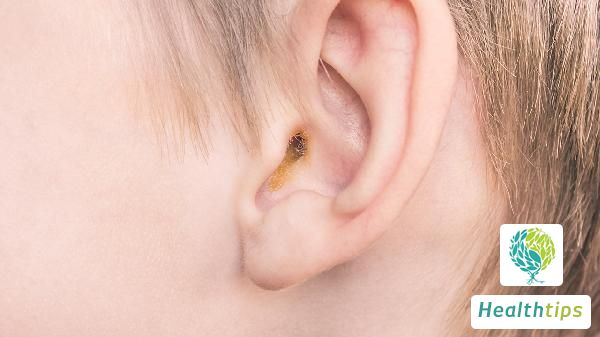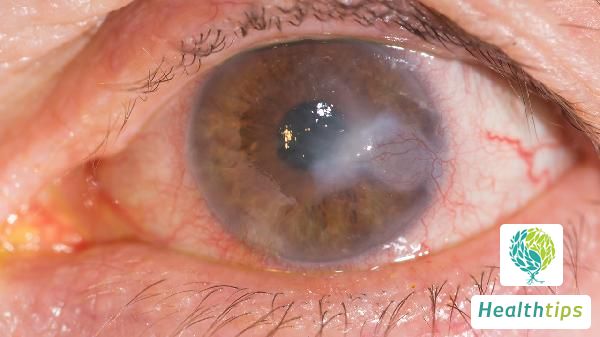What is the diagnostic value of PET/CT in lung nodules?
PET/CT holds significant value in the diagnosis of lung nodules, aiding in the assessment of their benignity or malignancy, determining the presence of tumor metastasis, and providing references for subsequent treatment plans. It primarily offers more comprehensive diagnostic information through the measurement of metabolic activity, such as glucose metabolism, and precise imaging of nodule morphology.

1. Assessing the Benignity or Malignancy of Lung Nodules: PET/CT determines the nature of nodules by detecting their metabolic activity, particularly their uptake capacity of radiolabeled glucose FDG. Malignant tumors usually exhibit high metabolic activity, thus showing significantly increased FDG uptake with high SUV values on PET images. However, it should be noted that similar manifestations may also occur in cases of inflammation or tuberculosis, so the results need to be analyzed comprehensively in conjunction with clinical history and other examinations.
2. Determining the Presence of Tumor Metastasis: For malignant lung nodules, early detection of the presence of lymph node or distant organ metastasis determines the direction of treatment. PET/CT can perform whole-body scanning, assisting in judging whether the primary nodule is accompanied by metastatic lesions through abnormal signals of high metabolism and accurately locating them, making early intervention possible.
3. Guiding Treatment Plans for Lung Nodules: Based on the diagnostic information provided by PET/CT, doctors can more precisely formulate treatment plans such as surgery, radiotherapy, and chemotherapy. For example, for benign nodules, regular follow-up may be recommended; for malignant nodules without metastasis, surgery is prioritized; and once metastasis is detected, targeted therapy or systemic chemotherapy may be more relied upon. Although PET/CT has significant advantages in the diagnosis of lung nodules, it is not absolute. For nodules smaller than 8mm, its accuracy may be limited. The cost of the examination is relatively high, and the issue of radiation dose needs attention. Generally, PET/CT is recommended for further evaluation when a clearly suspicious nodule is detected by low-dose CT, and its nature is uncertain.
PET/CT can effectively assist in differentiating the benignity or malignancy of lung nodules and provide an important basis for clinical diagnosis and treatment. If uncertain risks are found in lung nodules, it is recommended to reasonably choose PET/CT examination under the guidance of a doctor.



















